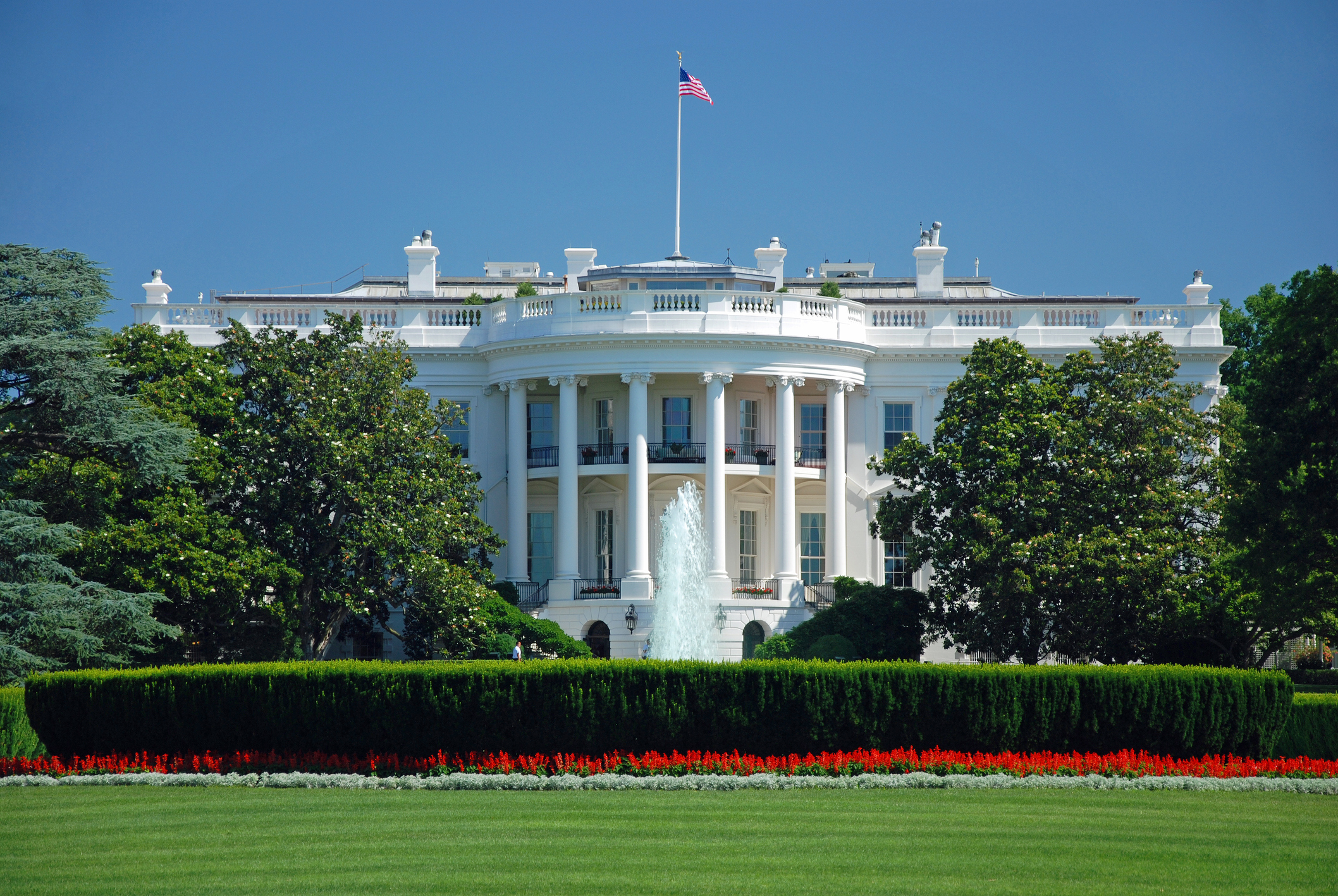
DID you know the pillars that uphold American democracy were crafted by a team of Scotsmen?
A new exhibition in Stirling tells the story of The Scots Who Built the White House. Jennifer Farquharson tells Alice Hinds the Honest Truth about these well-travelled stonemasons
What does the Engine Shed’s exhibition explore?
We decided to put together the exhibition after discovering just how influential Scottish stonemasons were on such an iconic building as the White House.
Visitors can find out how the stonemasons honed their craft in Edinburgh’s New Town, and left their mark on America. Their legacy still survives in modern Scottish stonemasonry today, and we were keen to celebrate our links across the Atlantic.
Was their skill known around the world?
A master mason from Moray, called Collen Williamson, was appointed to oversee the stone cutting for the White House building, which was known as the Presidential Residence at the time.
The skill of Scottish stonemasons was so admired that in 1794 seven Scottish stonemasons left Edinburgh to start work in Washington DC. However, we’re not sure whether that was as a direct result of the influence of Collen Williamson, who would have shown quite some talent.
Why did the men decide to travel to America?
The Edinburgh stonemasons are actually part of a particularly interesting moment in history. In 1783 the Anglo-French War was being fought and there was a ban placed on immigration, so our seven stonemasons weren’t actually allowed to travel to America. But because of the war, they weren’t able to get the resources they needed to complete jobs such as the on-going work in the New Town, which had more or less halted.
The White House builders offered very generous terms, including good wages and paying for the workers’ passage, so they defied the ban and travelled anyway.
It shows there really is a long standing history of the Scots being quite defiant!
Did the masons influence the design of the building?
Our researcher for the exhibition found that the idea behind the White House was to make a testament in stone to a new democracy. It is full of bespoke decorations and ornate carvings, which makes it a very unique building. It may be American but there were international influences, and Scottish stonemasons were no small part of that.
What is the Double Scottish Rose?
The Double Scottish Rose is a very unique symbol, and was carved in various places around the White House, including above the north entrance portico. It was originally based on the White Rose of Scotland. In around 1780, a new rose was cultivated in the Royal Botanic Garden Edinburgh, and it was considered to represent Scots who migrated to other countries, and stands for homecoming.
The design became the Scottish stonemason’s calling card, as it’s very distinctive and the American masons didn’t tend to work in that kind of ornate style.
Did the stonemasons stay in America?
Part of the story that remains a little bit untold is what happened to the stonemasons after they finished worked at the White House. But we do know two brothers, John and James Williamson, also worked on 66 Queen Street in Edinburgh, and they were two of the first to emigrate and work in America.
What is a mason’s mark?
These men were considered to be master masons and experts at their craft. However, some were illiterate and therefore relied on a mason’s mark. This small carving allowed people to recognise work and attribute it to a specific mason – it was used to check the quality of someone’s work, calculate their wages, and see how much they carved during a shift.
When they did repair works at the White House they actually unearthed a lot of mason’s marks, and some of them are now on display for visitors.

Enjoy the convenience of having The Sunday Post delivered as a digital ePaper straight to your smartphone, tablet or computer.
Subscribe for only £5.49 a month and enjoy all the benefits of the printed paper as a digital replica.
Subscribe